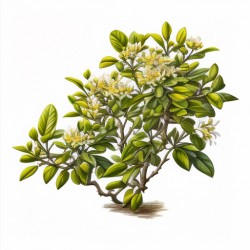Your shopping cart is empty!
MENU

Shrubs are an important part of the home landscaping experience. Whether you’re looking for a way to add a bit of greenery to your yard or want to create a border for your flower bed, shrubs are a great choice. Not only do shrubs add beauty to your property, but they also provide a functional purpose by providing a wind break and reducing soil erosion.
When it comes to choosing shrubs for your yard, it’s important to select the right ones for your particular climate and soil type. Typically, shrubs come in evergreen and deciduous varieties, and they can be either low-growing or tall. While some shrubs may only reach a few feet in height, there are others that can grow up to 15 feet or more. Some of the most common types of shrubs are azaleas, rhododendrons, boxwoods, junipers, and hollies.
The placement of your shrubs is important to consider as well. Planting your shrubs in an area that gets the necessary amount of sunlight will ensure the best growth and health of your plants. Likewise, it’s important to consider the soil type that best suits your shrubs. Some shrubs may prefer sandy soils while others may thrive in clay or loam.
When it comes to caring for shrubs, regular pruning is essential. Pruning will help keep your shrubs healthy and promote new growth. It’s also important to water your shrubs regularly and to fertilize them in the spring and summer for best results.
Shrubs are a great way to add beauty and functionality to your landscape. They come in a wide variety of shapes and sizes, and can be used to create borders, partitions, and even privacy screens. With proper care and maintenance, shrubs can provide years of enjoyment for you and your family.